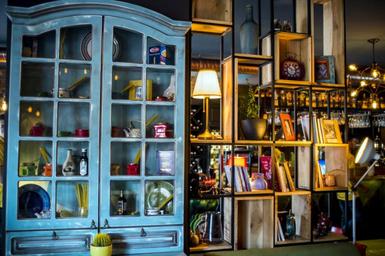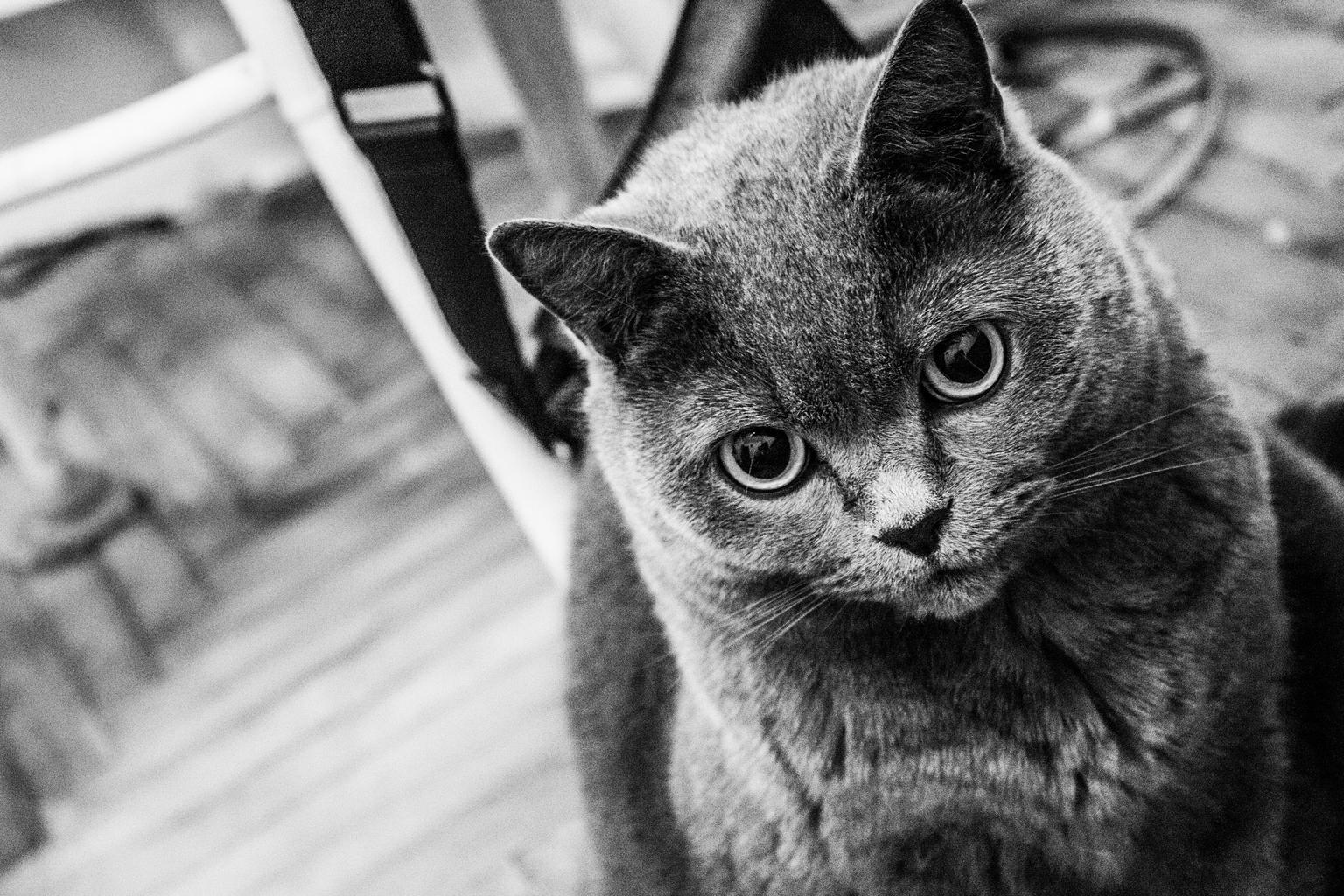Introduction
Creating an artistic interior is akin to painting a masterpiece on a blank canvas. It requires careful consideration of colors and textures, which together can transform mundane spaces into vibrant works of art. This article delves into the myriad ways you can creatively blend colors and textures to achieve artistic home decor. Whether you're drawn to modern or traditional styles, there's an endless palette of possibilities awaiting your exploration. So, let’s embark on this colorful journey!
The Palette of Possibilities: Combining Colors and Textures for Artistic Interiors
Combining colors and textures is not merely a design choice; it’s a reflection of one’s personality and lifestyle. The synergy between various hues can evoke emotions, create mood, and influence how spaces are perceived. Imagine walking into a room where the bold reds contrast beautifully against calming blues—a space that tells a story while simultaneously offering comfort. This is the essence of artistic interiors.


Understanding Color Theory in Interior Design
What is Color Theory?
Color theory encompasses the principles that guide the use of color in art and design. It’s essential for anyone looking to create artistic home decor to grasp these concepts.

Primary, Secondary, and Tertiary Colors
- Primary Colors: Red, blue, yellow Secondary Colors: Green, orange, purple (created by mixing primary colors) Tertiary Colors: Created by mixing primary and secondary colors (like red-orange)
This system provides a foundation from which you can explore combining colors and textures effectively.
The Emotional Impact of Colors
How Do Colors Affect Mood?
Colors carry psychological effects that can dramatically influence mood creation in spaces. For instance:
- Warm Colors (reds, oranges): Stimulating; often associated with energy. Cool Colors (blues, greens): Calming; evoke tranquility.
By understanding these associations, you can better reflect your desired ambiance through your interior design choices.
Modern vs. Traditional Styles in Color Palettes
Characteristics of Modern Styles
Modern styles lean towards minimalism with bold splashes of color—think monochromatic palettes combined with striking accents.
Defining Traditional Styles
Traditional styles often embrace rich, warm tones paired with intricate patterns—an homage to historical aesthetics.
The Role of Texture in Interior Design
What Are Textures?
Textures refer to the surface quality of materials—smooth, rough, soft, or hard—and they add depth and interest to interiors.
Combining Textures for Visual Interest
Mixing various textures—from plush fabrics like velvet to hard surfaces like metal—creates layers within a space. This interplay enhances the visual experience while maintaining cohesion.
Creating Depth Through Layering Colors and Textures
How Does Layering Work?
Layering involves placing different colors and textures together to create visual depth. For example:
- Use textured rugs over smooth hardwood floors. Combine matte paint finishes with glossy furniture surfaces.
This method creates an engaging environment that invites exploration.
Choosing a Focal Point in Your Space
What Is a Focal Point?
A focal point is an area that draws attention within a room—often achieved through color or texture contrasts.
How Do You Create One?
To establish a focal point:
Choose vibrant colors or unique textures as your centerpiece. Surround it with more muted tones or simpler textures that complement but don’t compete.Using Color Schemes Effectively
Monochromatic Color Schemes
A monochromatic scheme uses variations within one hue—achieving simplicity yet sophistication:
- Different shades of blue can evoke calmness while adding interest through texture variations like linen versus silk.
Complementary Color Schemes
Complementary color schemes utilize opposite hues on the color wheel:
- Pairing blue with orange creates dynamic tension but must be balanced with neutral tones for harmony.
Incorporating Patterns Into Your Palette
Why Patterns Matter?
Patterns add character to interiors but require careful thought regarding color combinations:
- Floral patterns might work well in pastel shades but clash if paired with overly bright accent walls.
Creating Cohesion Across Spaces
How Do You Achieve Cohesion?
https://jsbin.com/wibozemupuCohesion can be achieved through consistent color themes across different rooms while allowing each space its unique flair through varying textures or accent pieces.
FAQ Section
1. How do I choose the right colors for my home decor?
- Start by identifying your personal style and emotional goals for each space; then explore color palettes that resonate with those themes.
2. Can I mix modern and traditional styles successfully?
- Absolutely! Combining modern elements with traditional ones creates unique contrasts; just ensure balance through cohesive colors or complementary textures.
3. What’s the best way to incorporate texture into my interiors?
- Experiment by layering different materials—soft textiles like pillows against hard surfaces like wood—to create visual interest without overwhelming the senses.
4. How does lighting affect color perception in interiors?
- Lighting plays a crucial role; natural light brings out true colors while artificial lighting may alter perceptions—test your palette under various light conditions before committing.
5. Should I follow trends when choosing colors for my home?
- Trends offer inspiration but focus on what resonates personally; timeless choices are generally more satisfying long-term than fleeting fads.
Conclusion
Combining colors and textures is more than just an artistic endeavor—it’s about creating spaces that resonate emotionally while reflecting individuality. By understanding color theory, exploring emotional impacts, blending modernity with tradition, leveraging patterns wisely, and ensuring cohesion throughout your home, you’ll craft environments that tell compelling stories through their artistic decor.
As we’ve explored throughout this article titled "The Palette of Possibilities: Combining Colors and Textures for Artistic Interiors," there’s no limit to creativity when it comes to designing beautiful living spaces filled with character and warmth. Embrace these ideas as you embark on transforming your home into an artistic sanctuary that speaks volumes about who you are!